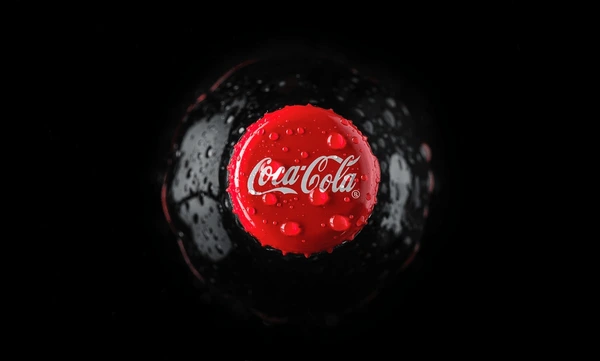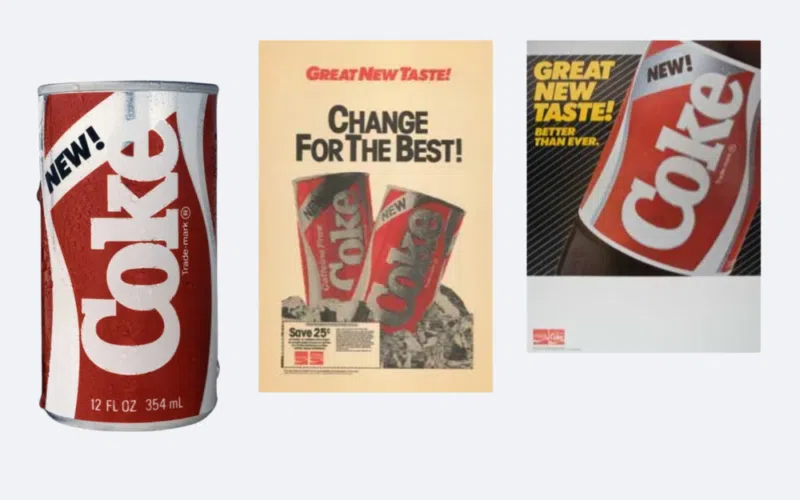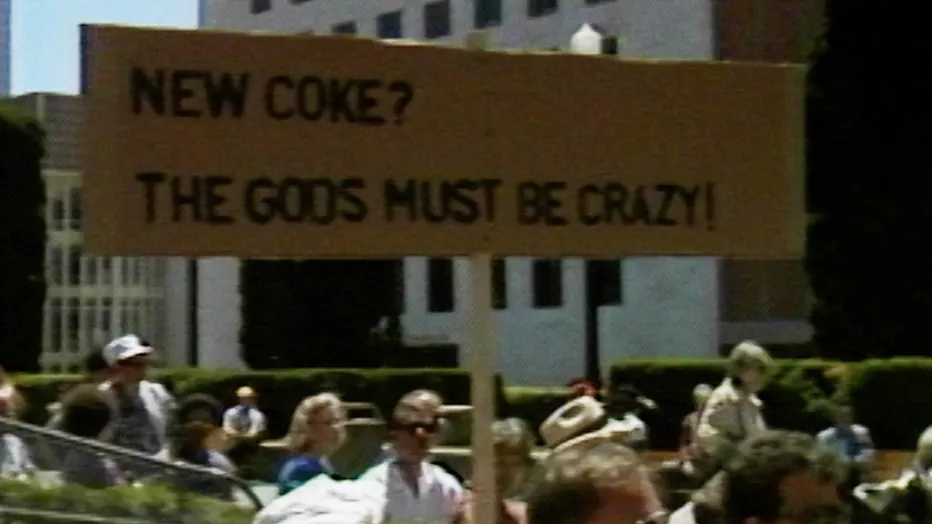



It’s April 1985. We are the World by USA for Africa is a #1 hit. New York televises the Easter Parade for the first time. NASA launches its first Challenger mission. And Coca Cola is about to make what is famously one of the worst marketing blunders of all time, with the release of New Coke.

After nearly a century of dominating the soft drink market, Coca-Cola was losing ground, with 36.4% of the soda market and a revenue of $7.4 billion. PepsiCo was rapidly gaining. It had captured 25.6% of the market and $7.7 billion in revenue – with multi-million-dollar Taste Test ad campaigns including everyone from pop singer Lionel Richie to NFL quarterbacks you’d still recognize today like Joe Montana.
Pepsi, the only major cola brand to increase its market share that year, was rapidly gaining on Coca-Cola.
Coca Cola thought it might have been about taste.
Embroiled in an ongoing cost war with its bottlers, Coca Cola had allowed (expensive) sugar cane content in its soft drink to drop. Depending on the bottler, Coca Cola replaced sugar cane with 0-100% high fructose corn syrup, whatever it said on the label.
Sugar use had also dropped by 58% over 5 years. In fact, Diet Coke was making up 20% of sales.
Today, we know Pepsi’s growth was potentially a fluke. When a firework ignited popstar Michael Jackson’s hair during filming for a Pepsi commercial in January 1984, the world took notice. The incident hit the news, generating an estimated $3 million in publicity. Pepsi: Viral in 1984.
Pepsi’s flagship label boosted its market share by 1.5 points.
Sales of Pepsi were taking off, and Coca Cola was worried.
Behind the scenes, it launched “Project Kansas” a top-secret initiative to develop a recipe that scored better in taste tests than Pepsi.
The new, sweeter recipe beat regular Coke and Pepsi in every test. Even in the American South, where Coca Cola was a major part of culture, New Coke won taste tests by a 52-48 edge.
Coca Cola launched New Coke in April, the first change to the recipe in 94 years.
According to the company, 81% of the U.S. population heard of the change within 24 hours – more than were aware of Neil Armstrong landing on the moon.
Everyone rushed to try the new recipe and sales shot up by 8% in the first month.
Then, the company hotline 1-800-GET-COKE blew up, going from 400 calls a day to 1500.
“It’s too sweet, it tastes like Pepsi” read some of the complaints.
As it turns out, if you follow trends too much, you might end up exactly like your competitors.

In Seattle, the Old Cola Drinkers of America, fronted by Gary Mullins, set up a hotline. After receiving 60,000 calls and spending $30,000+ in campaign funds to bring the old Coke back, the association started a class action lawsuit against Coca-Cola.
Behind the scenes, Coca Cola bottlers were also suing. The new recipe, which was a high fructose corn syrup formulation of Diet Coke, was not a unique beverage they argued. Coca Cola was charging bottlers too much.
More importantly, Pepsi, which was capitalizing on the backlash with its own ads, saw sales increases of 14% over the same period.
Just 79 days later, Coca-Cola pulled the plug. Coke Classic was reintroduced in July 1985 – the original recipe, but now with high fructose corn syrup as the official sweetener.
The news made headlines, warranted a senate mention, and Coca Cola received 31,600 calls to its hotline in just two days.
6 months later, Coke Classic was selling double that of Pepsi. By quarter 4, its net earnings were 45% higher than the same quarter in 1984.
New Coke may have flopped, but it was an (accidental) marketing stunt to be remembered.
In his book Blink, Malcom Gladwell suggests that taste tests are biased against sweeter beverages. When you take one sip, the sweeter beverage wins. That doesn’t hold true when drinking the whole can.
But that’s not the whole story. Initially, some people actually liked New Coke. What went wrong?
The simple truth is, New Coke alienated its customer base. The Journal_Constitution conducted a taste test in Atlanta, reporting that people loved the old taste, and publishing quotes like “Why didn't they test anybody here?”
"The simple fact is that all the time and money and skill poured into consumer research on the new Coca-Cola could not measure or reveal the deep and abiding emotional attachment to original Coca-Cola felt by so many people." _ Donald Keough, Director, Coca Cola.
Coca Cola made a great beverage. It incorporated the preferences of over 200,000 consumers from taste tests.
But, it failed to consider customer sentiment and the value of its brand heritage when making the change. Consumers feel like Coca Cola is part of their culture and they don’t want it to be tampered with.
Instead of paying attention to that heritage, Coca Cola tried to follow the crowd and do what everyone else was doing to make sales. It backfired.
New Coke might be one of the worst marketing blunders ever, but the story didn't end in 1985. For example, Coke II stayed on shelves till 2002.
When Stranger Things launched Season 3 of its internet-breaking show, set in 1985, it wanted to include one of the most significant cultural events of the year.
Coca Cola stepped up with a limited release of 500,000 cans of New Coke
Did it work? Popularity was immense. Visitors crashed the Coca Cola website.
This time, reviews were also good.
Not only because today’s consumers are more used to the taste of Diet Coke, but also because consumers had a choice.
If you watch season 3 of Stranger Things, you can see New Coke cans in three separate episodes.
Coca Cola saw 9% net revenue growth for the year, up from a 7% decline in 2018. Of course, there were a lot of factors playing into that, but Coca Cola played its cards right by understanding what customers wanted and playing into their heritage.
Following trends? Keeping up with what the competitors are doing? Coca Cola’s blunder might look like what a lot of modern companies are doing now. Everyone’s getting on board with trends, regardless of what customers want.
Repositioning your brand and market strategy allows you to take advantage of key trends and grow sales. At the same time, it’s important not to lose sight of why customers love your business in the first place.
Sound familiar? You're spending money on marketing and failing to achieve the growth you need? How about a deep dive into your brand strategy with executives from your industry, so you walk away with insight into not just what's going wrong but what to do next? Schedule your free consult with Ideahouse Collective to get started.
Rather get to know us first? Book a cup of coffee and a quick chat instead!